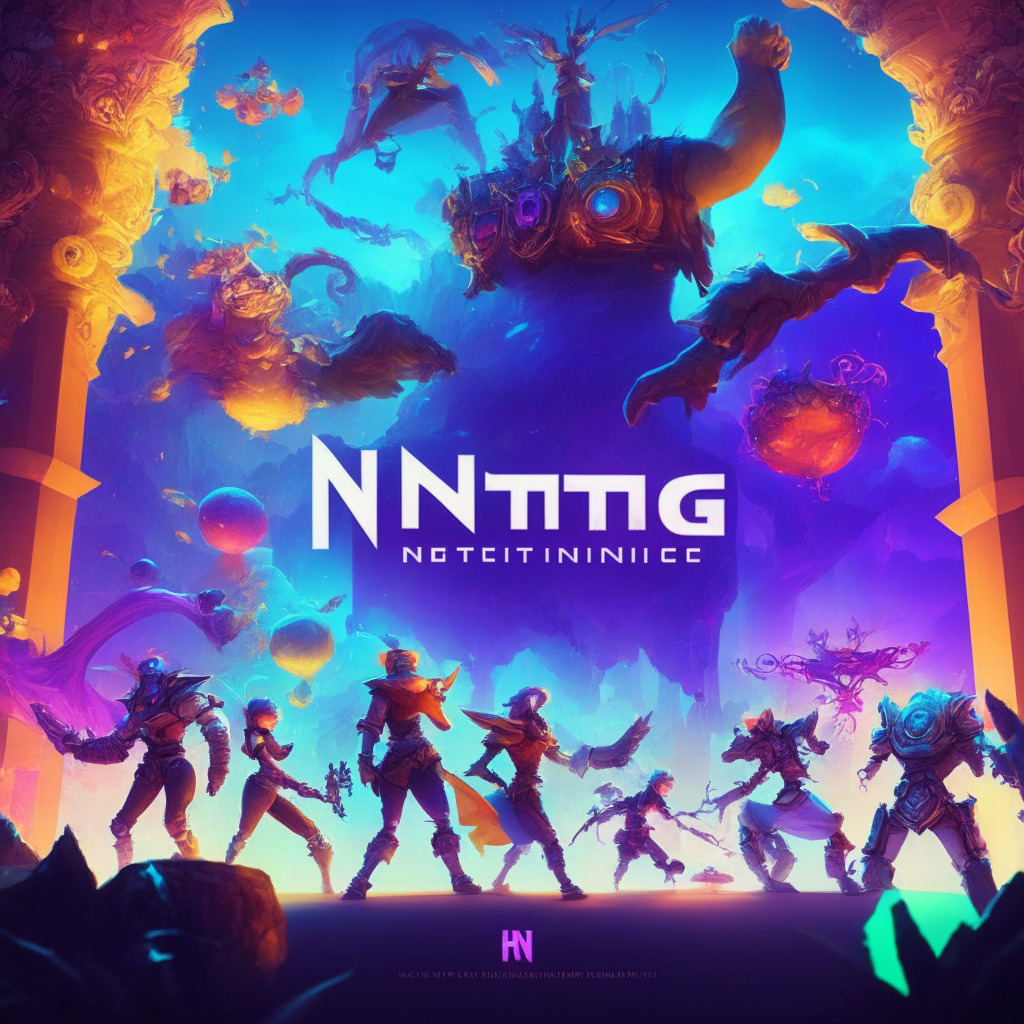As more institutions explore digital assets, the need for on-chain analytics platforms has never been higher. Compliance experts, investigators, and regulators employ these blockchain analytical tools to better understand the patterns and entities in cryptocurrency transactions. To learn more about the tools and how they fit into broader cryptocurrency adoption, an interview was conducted with Tom Robinson, the co-founder and chief scientist at analytics firm Elliptic; and Eray Akartuna, a senior cryptocurrency threat analyst at Elliptic.
Robinson explained that some of the typical use cases for on-chain analytics for institutional clients include Anti-Money Laundering (AML) and sanctions compliance for crypto exchanges and other businesses handling crypto assets, as well as due diligence on crypto businesses and investigating crypto transactions.
Akartuna added that artificial intelligence (AI) and machine learning already play a significant role within on-chain analytics, particularly in fraud prevention and AML. However, it’s essential to ensure the accuracy of these techniques through extensive testing.
The most complex problem recently solved at Elliptic is identifying proceeds of crime in crypto, even when they have been laundered cross-asset and cross-chain. Criminals now move their proceeds between assets, using decentralized exchanges, and between blockchains, using cross-chain bridges.
Banks are adopting digital assets and on-chain analytics at a slow but steady pace, with compliance being the top concern. Blockchain analytics is seen as an essential part of the puzzle and a way to assuage the concerns of regulators.
The role of regulators in utilizing on-chain analytics and guiding financial institutions in their adoption of digital assets is crucial, as their confidence in compliance programs run by exchanges and banks that use analytics products is vital.
In conclusion, as more institutions embrace digital assets, on-chain analytics platforms become increasingly essential for compliance, investigations, and business growth. With AI and machine learning already playing a significant role in these analytics, the accuracy and effectiveness of these tools will continue to improve, further propelling cryptocurrency adoption.
Source: Cointelegraph



